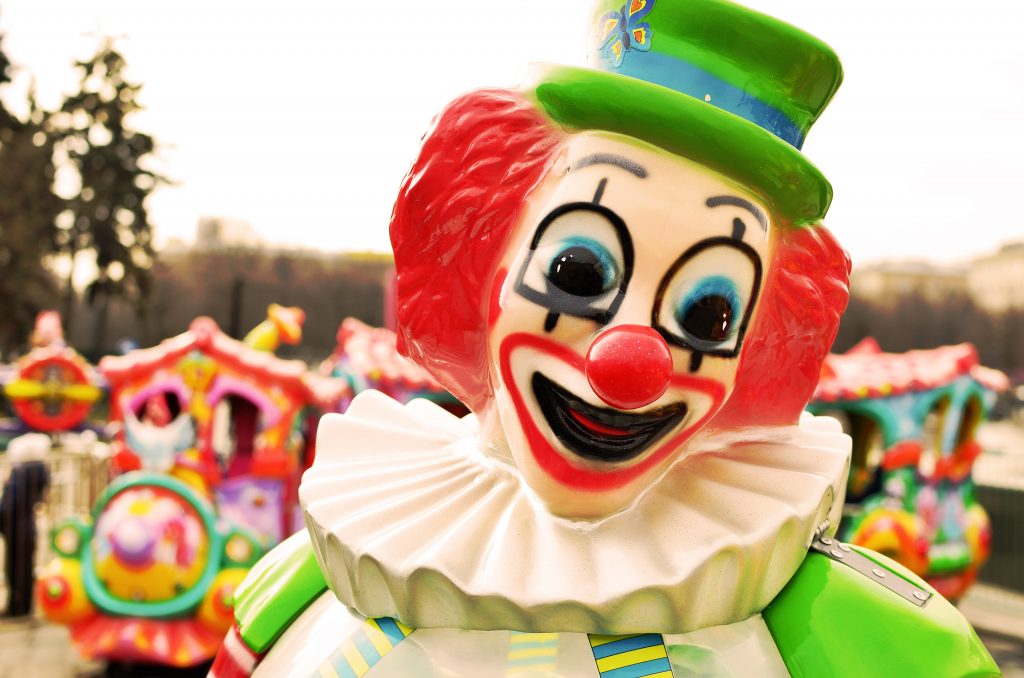Clowns in American circuses were primarily seen as an adult type of entertainment prior to the 20th century.
It might be challenging to resist the temptation to remember a period when clowns were frequently invited to kid’s birthday celebrations and hospital wards — not to terrify, but to delight and entertain.
Circuses were typically modest, one-ring affairs where spectators could hear performers speak for the most of the 19th century.
These performances were boisterous spectacles where the crowd was free to boo, hiss, and holler at the actors. The stern ringmaster, who was frequently the object of the clowns’ practical jokes, was the usual target of the clowns’ taunting. Circus clowns used puns, non sequiturs, and exaggerated burlesque humor, which they appropriated from the blackface minstrel performance.
In one well-known clown act, the performer pretended to be a drunken circus goer who shocked the audience by entering the ring and awkwardly attempting to ride one of the show’s horses before dramatically revealing himself to be a part of the show, as described by Mark Twain in “The Adventures of Huckleberry Finn.” Dan Rice, a famous clown of the 19th century, was noted for integrating political commentary and local gossip in his acts and mimicking notable figures in each place he traveled to.
The jokes they told frequently had sexual double-entendres and were sexist, but this wasn’t a problem given that the majority of circus audiences at the time were male adults. Back ago, in the United States, circuses were condemned as a form of entertainment because of their links to prostitution, shady dealings, scantily clothed female performers, vulgarity, and alcohol. Church leaders frequently advised their followers not to go to the circus. Some states even had laws that outright prohibited circuses
